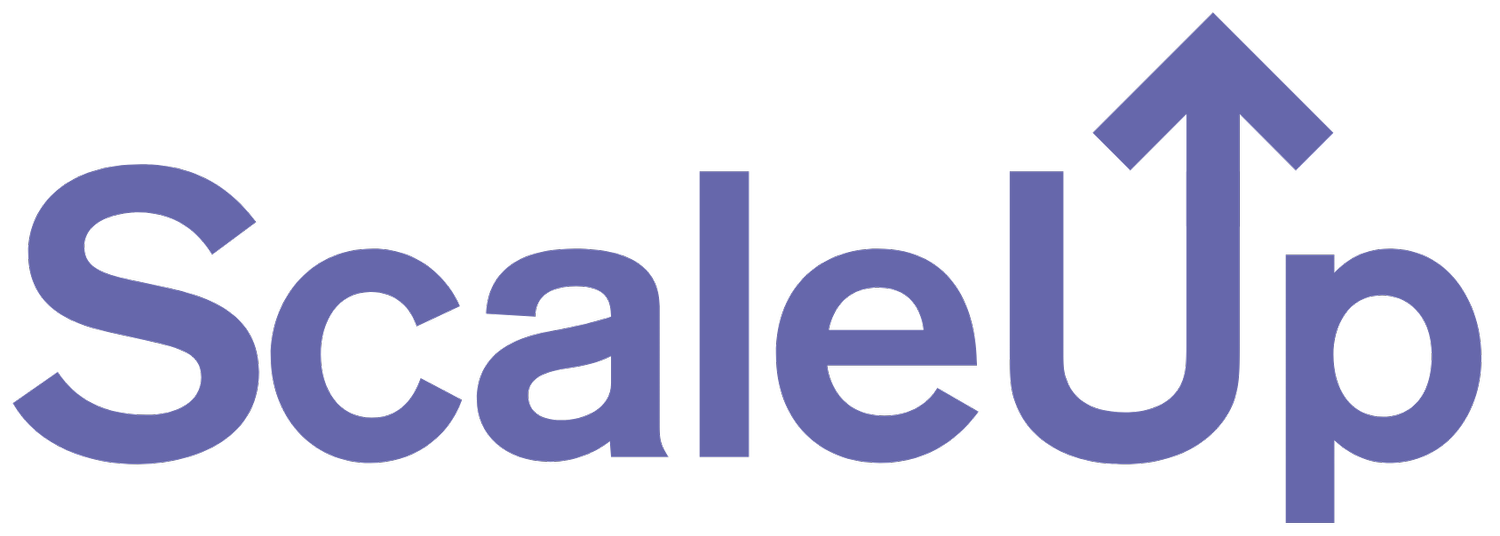Wrike vs ClickUp for Client Services (2025 Agency Comparison)
Agencies, consultancies, and creative studios live and die by efficient project delivery and client satisfaction. Managing retainers, approvals, and deliverables across multiple accounts requires a flexible platform that handles collaboration and reporting without friction.
In 2025, Wrike and ClickUp dominate this conversation with each offering rich features for client-facing teams but taking very different approaches. This guide breaks down how they perform across collaboration, approvals, budgeting, reporting, and client access, helping you pick the right tool for your agency or consultancy.
Quick Comparison: Wrike vs ClickUp for Client Services
| Feature | Wrike | ClickUp |
|---|---|---|
| Best For | Mid-large agencies needing structured approval workflows | Agile teams and smaller agencies needing flexibility |
| Client Access | Guest reviewers, shareable proofing links | Guests, public links, granular permissions |
| Proofing & Approvals | Built-in proofing for images, video, PDF; approval chains | Proofing available in Business+ plan; comments on assets |
| Time Tracking & Billing | Native timer + reports + billable hours; integrations (Harvest, QuickBooks) | Native time tracking, limited billing, strong integrations (Toggl, Everhour) |
| Templates for Client Work | Dedicated “Client Project,” “Campaign,” “Account Retainer” templates | Marketing, agency, and creative templates; highly customizable |
| Collaboration Tools | In-task chat, document versioning, real-time dashboards | Docs, chat view, whiteboards, task discussions |
| Automation | 400+ rule automations, advanced triggers | 100+ automations, flexible custom actions |
| Reporting | Custom dashboards, portfolio view, workload charts | Goals dashboards, workload, customizable views |
| Pricing (2025) | From $9.80/user/month (Team plan) | From $10/user/month (Business plan) |
| Free Plan | Yes (limited projects, no proofing) | Yes (basic features) |
| Mobile App | iOS, Android (strong enterprise controls) | iOS, Android (modern UX) |
Wrike: Best for Structured Client Workflows
Wrike shines when your client work involves formal approvals, multiple deliverable versions, and compliance-ready documentation.
Key Advantages
Proofing & Approvals: Built-in proofing for 30+ file types (images, videos, PDFs). Approvers can annotate, comment, and compare versions side-by-side.
Custom Request Forms: Ideal for intake from clients or internal account teams. Automatically route tasks to the right workflow.
Portfolio Dashboards: Aggregate progress across multiple client accounts for directors or account managers.
Role-Based Permissions: Prevents cross-client data visibility which vital for agencies managing NDAs.
Drawbacks
Steeper learning curve for small teams.
Limited brand customization on client-facing views.
Proofing available only in Business and higher tiers.
Top Tip: Wrike’s “Proof & Approval” module is unmatched for creative production teams needing version control.
ClickUp: Best for Agile and Multi-Client Agencies
ClickUp’s strength lies in flexibility which iis ideal for agencies juggling different client scopes, using unique workflows, and needing dynamic collaboration spaces.
Key Advantages
Custom Hierarchies: Tailor workspaces for clients, projects, or retainers.
Client Collaboration: Guest access with granular permissions; public dashboards for transparency.
Docs and Whiteboards: Centralized brainstorming, campaign briefs, and meeting notes (all linked to tasks).
Automation: Streamline repetitive client workflows (e.g., auto-assign designer when “Status = Design”).
Cost-Effective: Offers high customization at lower cost for small-mid agencies.
Drawbacks
Proofing and approvals less advanced than Wrike’s.
Reporting requires manual setup to match Wrike’s executive dashboards.
Permissions can become complex at scale.
Top Tip: Use ClickUp’s “Custom Fields” to track client budgets, deliverables, and invoice IDs directly within tasks.
| Scenario | Best Option | Why |
|---|---|---|
| Creative approvals (images/videos) | Wrike | Built-in proofing with version compare |
| Agile content production (short sprints) | ClickUp | Flexible boards and automation |
| Retainer management & billing | Wrike | Time tracking + workload + reports |
| Multi-client dashboards | Wrike | Portfolio-level visibility |
| Collaboration & documentation | ClickUp | Docs, chat, whiteboards |
| Onboarding new clients quickly | ClickUp | Simpler setup and guest invites |
Pricing Overview
| Plan | Wrike (USD/user/month) | ClickUp (USD/user/month) |
|---|---|---|
| Free | $0 | $0 |
| Team / Unlimited | $9.80 | $7 |
| Business | $24.80 | $12 |
| Enterprise | Custom | Custom |
Top Tip: Wrike’s higher price point pays off if your agency needs formal approval chains and reporting. For agile teams, ClickUp’s $12 Business plan hits the sweet spot.
Verdict: Wrike vs ClickUp for Client Services
| Category | Winner | Reason |
|---|---|---|
| Client Collaboration | ClickUp | Easier guest access and dynamic dashboards |
| Approvals & Proofing | Wrike | Built-in, enterprise-grade |
| Reporting & Analytics | Wrike | Robust cross-client insights |
| Pricing Flexibility | ClickUp | Lower cost, scalable |
| Learning Curve | ClickUp | Simpler onboarding |
| Enterprise Controls | Wrike | Security and compliance features |
ScaleUp Tip
Choose Wrike if your agency manages high-volume, multi-stakeholder approvals or compliance-sensitive deliverables.
Choose ClickUp if you prioritize agility, flexibility, and lower cost for smaller, creative, or hybrid teams.
FAQs: AI Project Management Tools (2025)
Q1. Which tool handles client approvals better?
Wrike is built-in proofing supports annotations, version comparison, and formal approval workflows.
Q2. Does ClickUp have client portals?
Not natively, but you can use dashboards or shared folders as lightweight client portals with permissions.
Q3. Can either platform handle billing or invoicing?
Neither natively; both integrate with tools like Harvest, QuickBooks, or Xero for billing workflows.
Q4. Which is more scalable for large agencies?
Wrike, due to its advanced admin controls, compliance features, and reporting.
Q5. Which integrates better with creative suites (Adobe, Figma)?
Wrike integrates directly with Adobe Creative Cloud and offers review plugins. ClickUp uses third-party integrations for creative assets.
